I’ve got a bit of a confession to make. Last month I was at one of those impossibly chic industry events—you know the type, where everyone pretends they just threw on whatever was lying around but has actually spent three hours getting dressed—and I bumped into Ellie, fashion director at one of those glossy magazines where everyone looks like they subsist entirely on green juice and industry gossip. She was wearing this absolutely perfect oversized white shirt, the kind that somehow looks intentional rather than like you’ve nicked your dad’s formal wear. “That’s gorgeous,” I said, expecting her to name-drop some obscure Japanese designer I’d have to pretend to have heard of. She leaned in, looked around conspiratorially, and whispered, “Uniqlo. Twenty-nine quid. I’ve got it in three colors.”
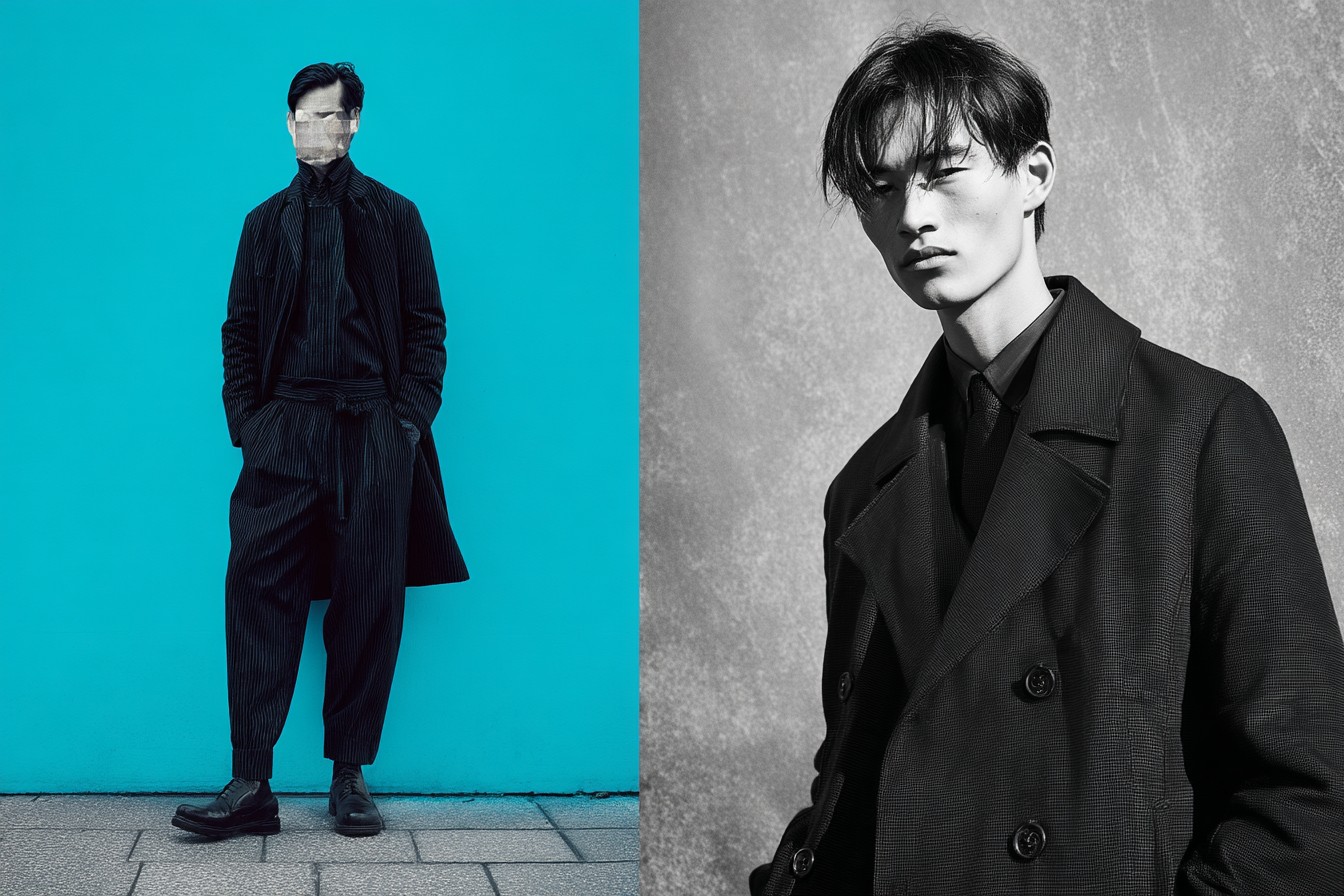
And that, ladies and gentlemen, is the fashion industry’s best-kept secret. Behind closed doors, when no one’s watching and Instagram’s turned off, we’re all shopping at Uniqlo.
It makes perfect sense when you think about it. Fashion people—the ones who actually work in the industry rather than orbit it—spend their days surrounded by clothes that cost more than a decent used car. They’re drowning in the stuff, constantly confronted with the new, the next, the must-have. And then, like any normal human experiencing sensory overload, they crave simplicity. Enter Uniqlo, with its unfussy designs, consistent sizing, and prices that don’t require a payment plan or trust fund.
The Japanese retail giant has quietly become the industry insider’s go-to for what we now call “elevated basics”—a term I genuinely despise but can’t seem to escape. It’s the place where menswear editors stock up on oxford shirts, where stylists build their own wardrobes around merino knits, and where designers themselves sneak in for the perfect white t-shirt. I know because I’ve bumped into them there, and we’ve all done the same embarrassed nod of recognition, like we’ve caught each other sneaking into McDonald’s after preaching about organic farmer’s markets.
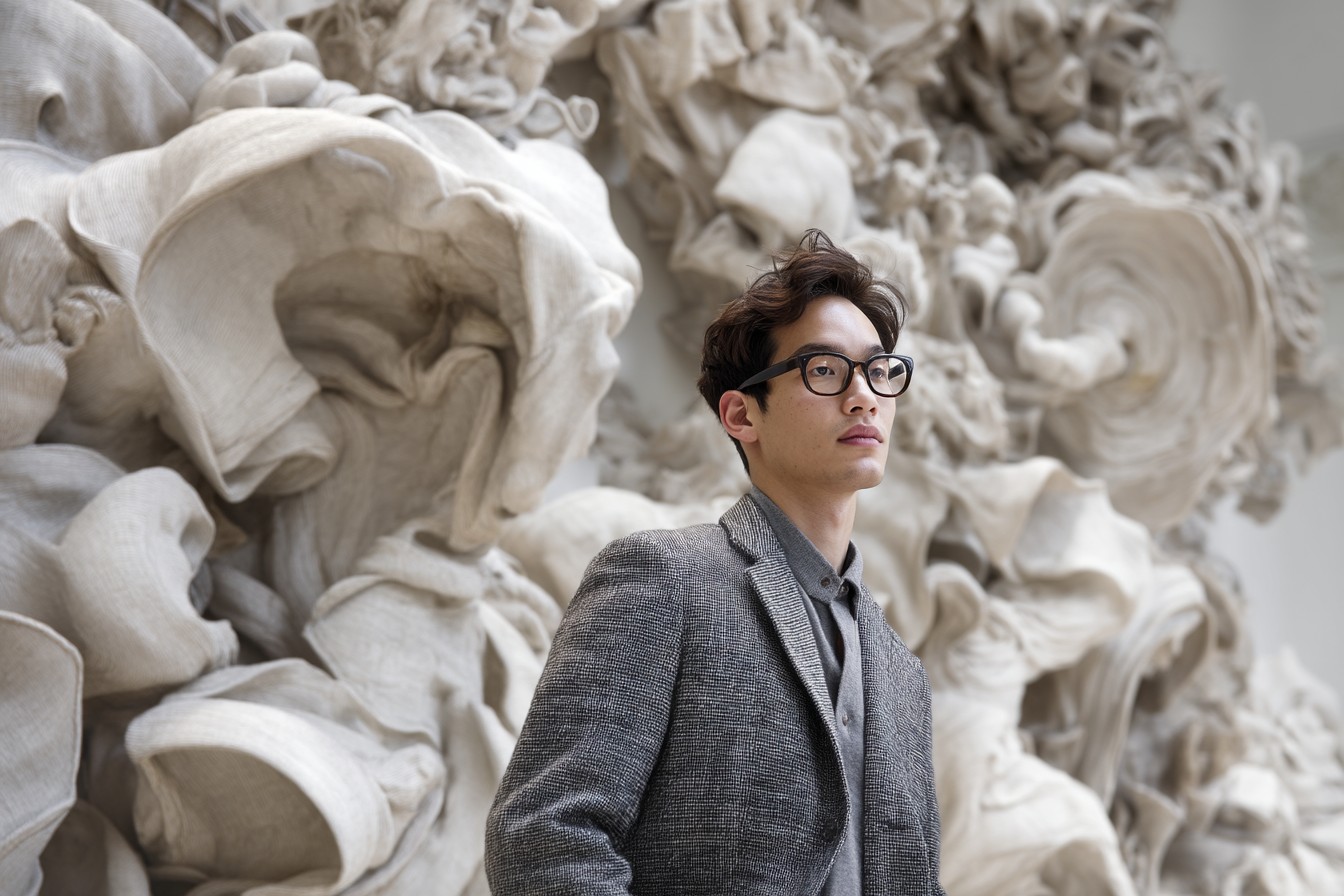
So what exactly are these people buying? I decided to do some digging—by which I mean I texted everyone I know in the industry and asked them to spill their Uniqlo secrets. The responses came flooding in, often with surprising speed and enthusiasm, like they’d been dying to share this information with someone who wouldn’t judge them.
The undisputed king of the Uniqlo insider purchases is the Merino Crew Neck Sweater. At £34.90, it’s honestly ridiculous value—a decent weight, not too sheer (the downfall of many budget knitwear options), and available in approximately 500 colorways each season. James, menswear buyer for a well-known department store, admits to owning eight of them. “They’re my secret weapon,” he told me. “I’ll wear one under a Dries Van Noten jacket to a meeting, and no one’s the wiser.” He particularly rates the navy and dark green versions, which he says look significantly more expensive than they are. “It’s all about the neckline,” he explained in a level of detail that confirmed I was speaking to a true menswear obsessive. “It sits perfectly on the collarbone without stretching, which is usually the first giveaway with cheap knitwear.”
The Oxford Shirts get mentioned almost as frequently. Ben, a stylist whose work you’ve definitely seen in at least three major ad campaigns this year, has a ritual of buying two white ones every September. “They’re the backbone of my work wardrobe,” he said. “The cotton’s decent enough to hold its shape, thick enough not to be transparent, and they wash like a dream.” He particularly rates the slightly relaxed fit versions, which he says hang more naturally than other high street options. At £24.90, they’re almost suspiciously good value in a world where similar shirts can easily clear the £100 mark.
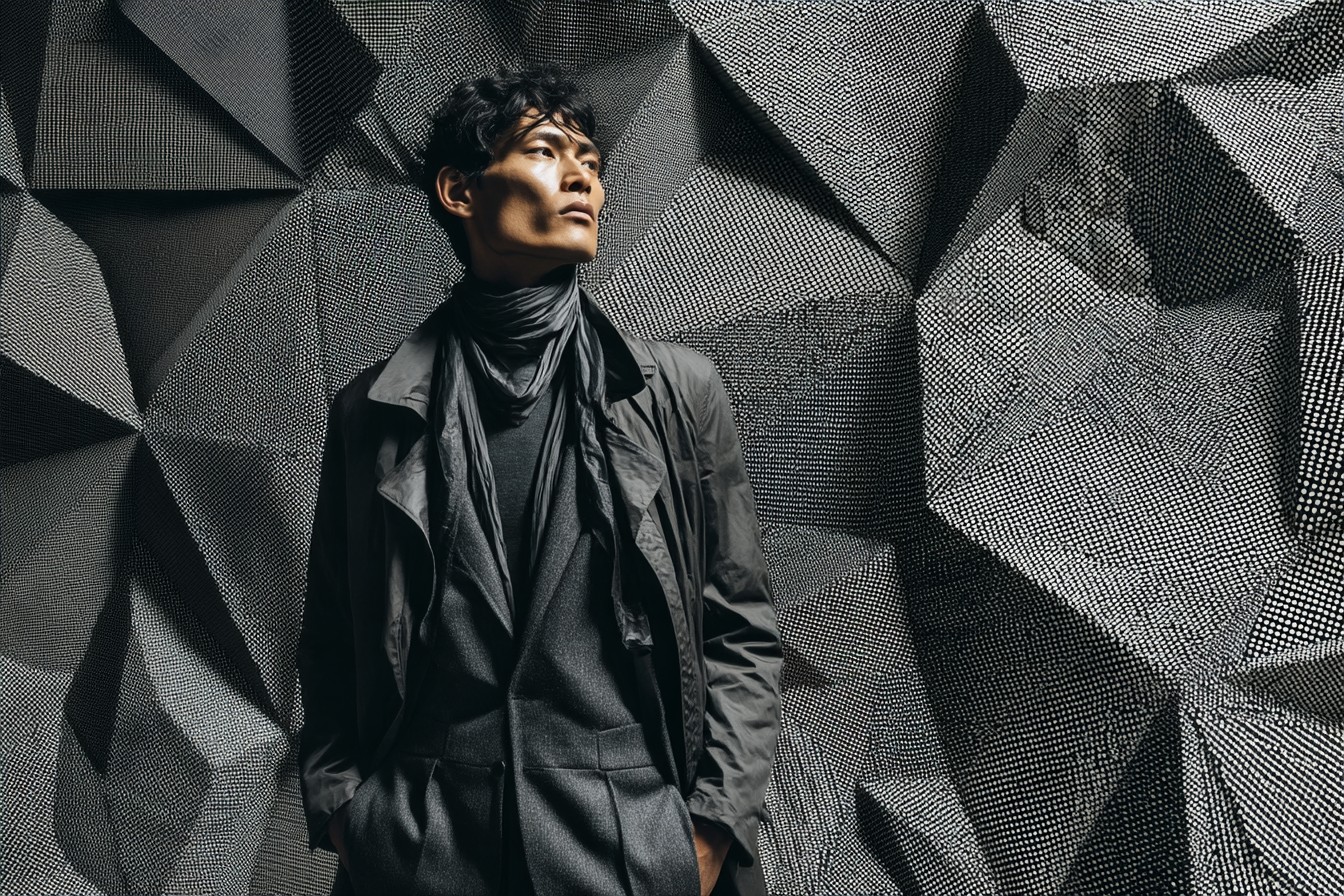
The dark horse favorite among the men I talked to was the EZY Ankle Pants, which several people mentioned unprompted. I’ll be honest, I was skeptical—they looked a bit too comfortable, a bit too practical, with their partially elasticated waist and wrinkle-resistant fabric. But Tomas, who designs for a luxury British heritage brand you definitely know, swears by them. “I wear them on long-haul flights to fabric suppliers, to the studio on days when I know I’ll be on my feet for hours, basically whenever comfort is key but I still need to look put together,” he explained. “They’re like secret pajamas for grown-ups.” At £34.90, they’re his go-to for what he calls “the boring bits” of his wardrobe, the staples that allow his more interesting pieces to shine.
Then there’s the AIRism range—Uniqlo’s technical fabric line that manages to attract both hardcore minimalists and men who wouldn’t be caught dead in “athleisure.” The t-shirts in particular have achieved cult status among photographers, art directors, and anyone else who runs hot or works in stuffy environments. “I discovered them on a shoot in Thailand,” photographer Chris told me. “It was about 40 degrees, horrifically humid, and I was shooting a winter collection, surrounded by models in wool coats looking miserable. My assistant was wearing this AIRism t-shirt and looked infuriatingly cool and composed. I bought seven the next day.” At £14.90, they’re his studio uniform now.
The Packable Ultra Light Down Jacket inspires almost religious devotion from certain quarters. Fashion editor David keeps one permanently in his carry-on bag. “It weighs nothing, packs down to the size of an apple, and has saved me from freezing to death in overly air-conditioned press days and surprise weather changes more times than I can count,” he said. While acknowledging it’s not the most stylish item in isolation, he insists it’s the perfect mid-layer under a more substantial coat or jacket. “It’s like thermal underwear for your torso, but acceptable to be seen in.”
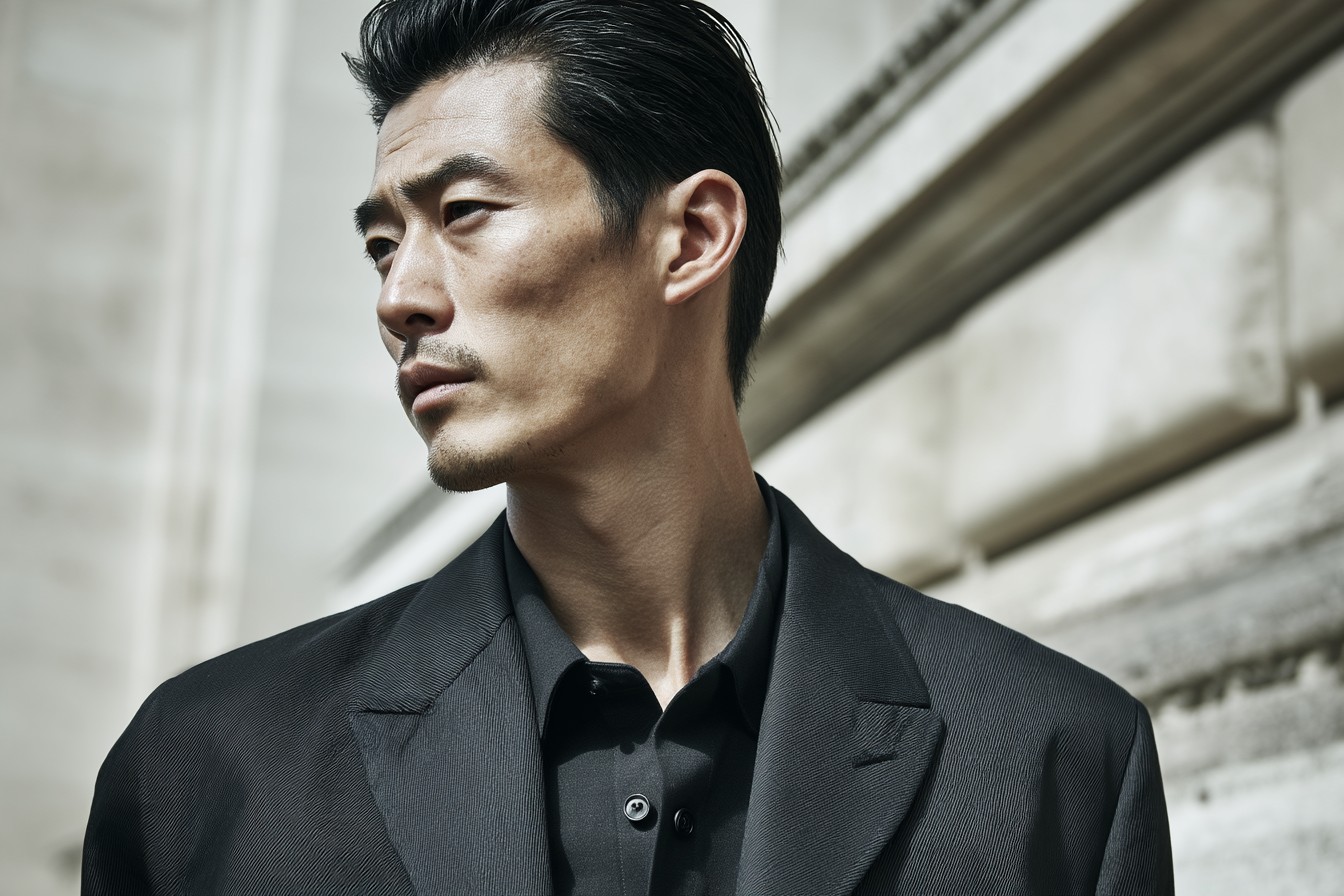
The Uniqlo U collection—designed by Christophe Lemaire—gets a special mention as the range that even the most luxury-obsessed fashion people will openly admit to buying and wearing. The t-shirts in particular, with their substantial cotton and perfect cut, are spoken of in hushed, reverent tones. “They’re better than t-shirts I’ve owned that cost six times as much,” insisted Marcus, who works for a menswear site you definitely have bookmarked. “The crew neck sits perfectly, the cotton gets better with each wash, and the colors are these beautiful rich, unusual shades rather than flat primaries.” At £14.90, they’re probably the best quality-to-price ratio on the high street.
The cashmere offerings inspire particularly passionate responses. In a world where cashmere has been simultaneously democratized and devalued, with prices dropping as quality often follows suit, Uniqlo’s versions maintain a surprisingly decent standard. Oliver, who works for one of London’s most respected tailors, admits to wearing their cashmere crew necks under his suits in winter. “For £89.90, they’re not going to compete with the Scottish mills we use, obviously, but they’re soft, they hold their shape, and they’re genuinely warm.” He particularly values them as his “secondary cashmere”—the pieces he doesn’t mind wearing for dog walks or pub gardens, saving his investment pieces for client meetings and special occasions.
The Seamless Down Parka inspires particular enthusiasm among the more technically minded menswear crowd. At £159.90, it’s one of Uniqlo’s pricier offerings, but still remarkably good value compared to similar technical outerwear. “It’s genuinely excellent,” insists Raj, who reviews outdoor gear for various publications. “The down fill is properly distributed, the waterproofing actually works, and it doesn’t have that shiny, cheap look that so many high street down jackets suffer from.” He particularly appreciates that it doesn’t feature an enormous logo, allowing it to blend seamlessly (no pun intended) with much more expensive pieces.
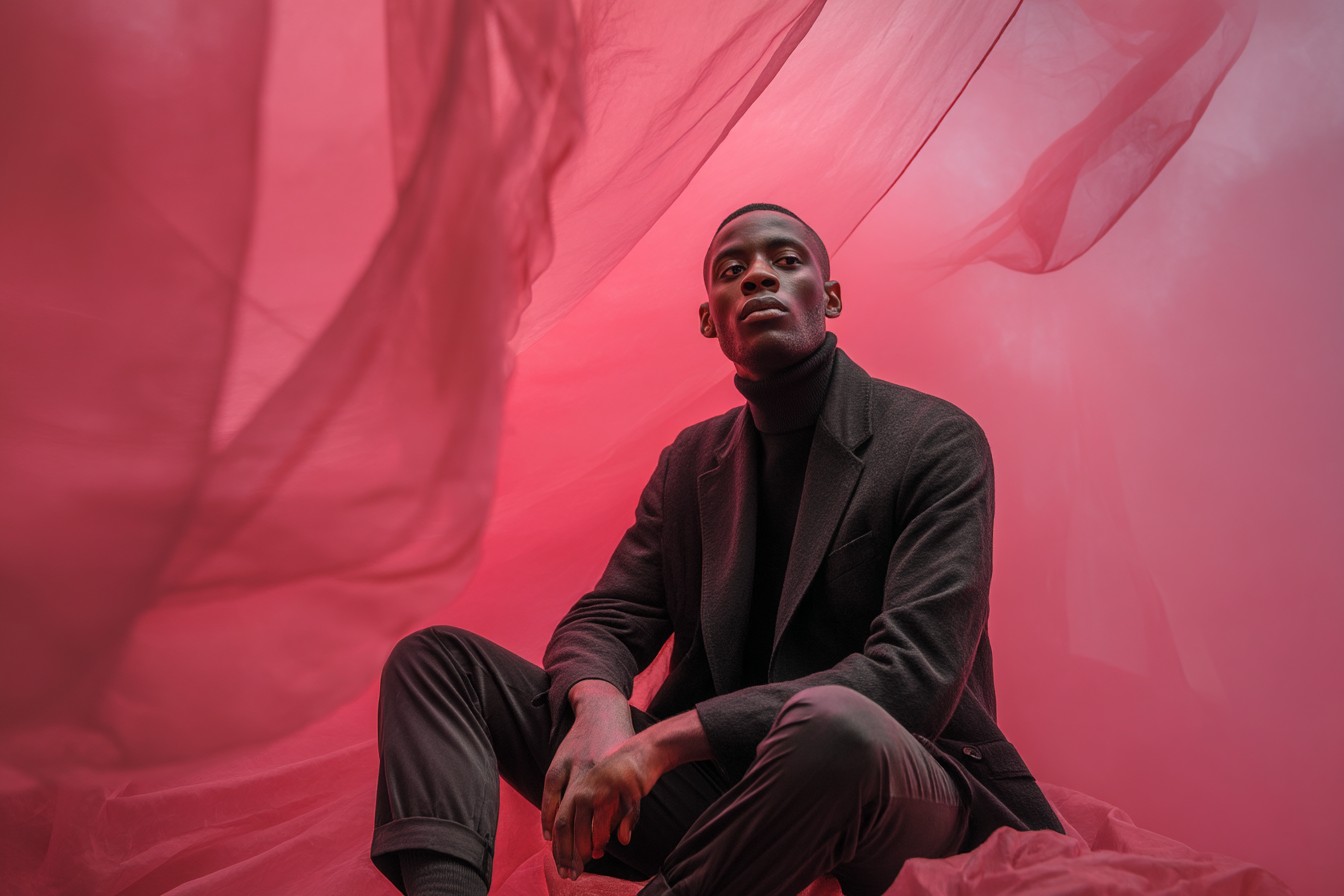
The brand’s collaborations—with designers like JW Anderson, Jil Sander (under the +J label), and Tomas Maier—are perhaps the only Uniqlo purchases fashion people will proudly broadcast. These limited-edition collections offer slightly more distinctive designs while maintaining the brand’s accessible price points, creating a perfect storm of fashion insider appeal. “I once got into a minor physical altercation with another editor over the last JW Anderson trench coat in a size medium,” admitted Rob, a menswear writer for a major newspaper. “Neither of us is proud of it, but that coat was something special.”
What’s particularly interesting is how these industry insiders style their Uniqlo finds. The common thread seems to be using these affordable staples as the canvas for more interesting, investment pieces. “I’ll wear a £24.90 Uniqlo oxford with my £600 Japanese selvedge denim and handmade Italian loafers,” explained buyer Thomas. “The shirt isn’t making a statement, it’s letting the statement pieces do their job.” It’s a smart approach to building a wardrobe—investing where it counts and saving where it doesn’t.
Of course, no one I spoke to is under any illusions about the brand’s limitations. The fits can be boxy, especially for those used to more tailored European cuts. The materials, while good for the price point, aren’t going to compete with luxury equivalents. And there’s always the risk of showing up to an industry event and spotting three other people in the same knitwear (something I’ve personally experienced, leading to an awkward moment of silent recognition with a rival menswear editor).
But in an industry built on exclusivity and aspiration, there’s something refreshingly democratic about this shared secret. The fact that a pattern cutter for a Savile Row house, a fashion director for a luxury magazine, and a design assistant just starting their career can all shop at the same place—and all find pieces that work within their wildly different wardrobes and budgets—is rather nice, actually.
So the next time you’re in Uniqlo and you spot someone who looks suspiciously like they might work in fashion, meticulously examining the stitching on a seemingly basic t-shirt or stocking up on identical navy sweaters, give them a knowing nod. You’re both in on the secret now. Just don’t tell anyone I told you.
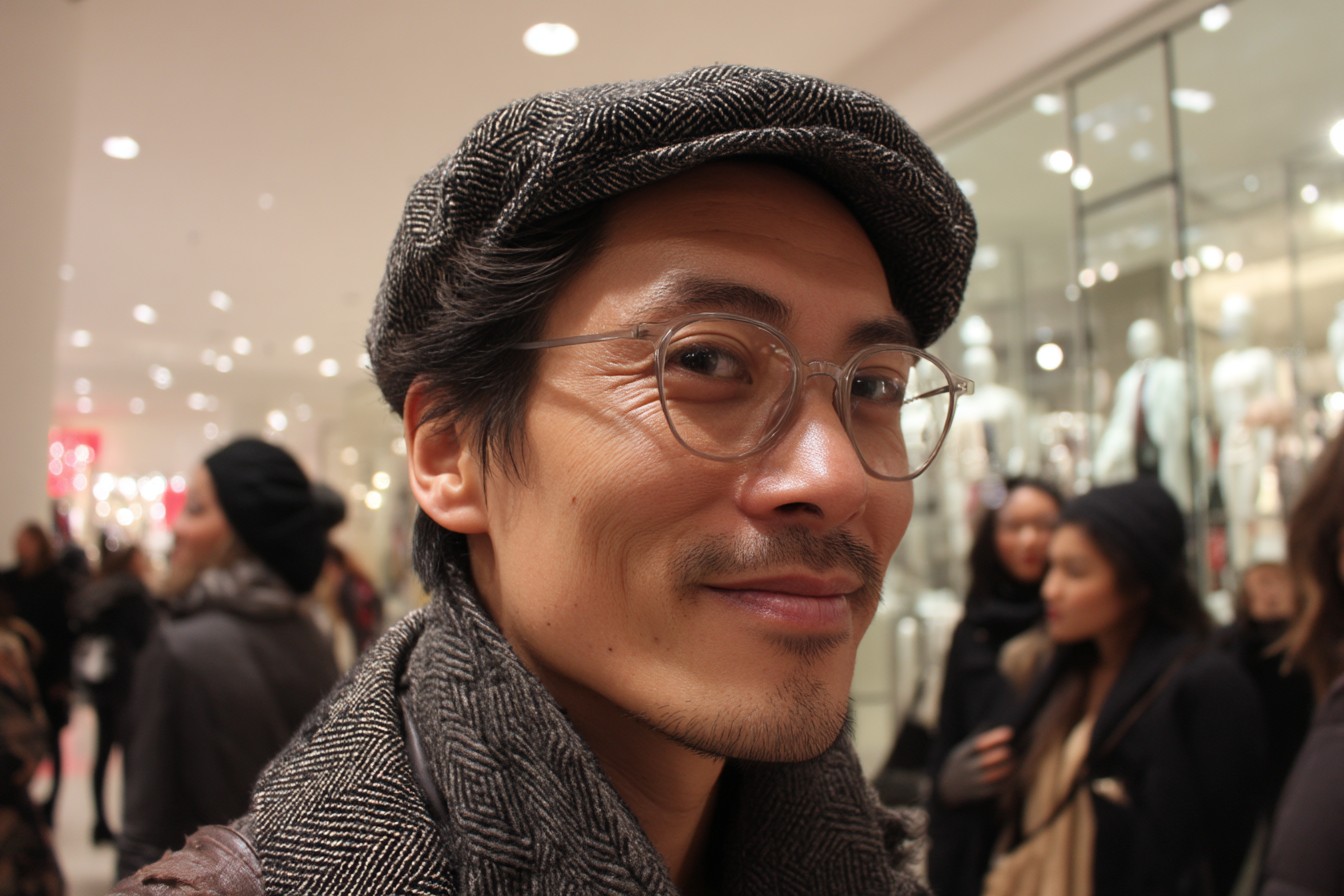
Leave a Reply